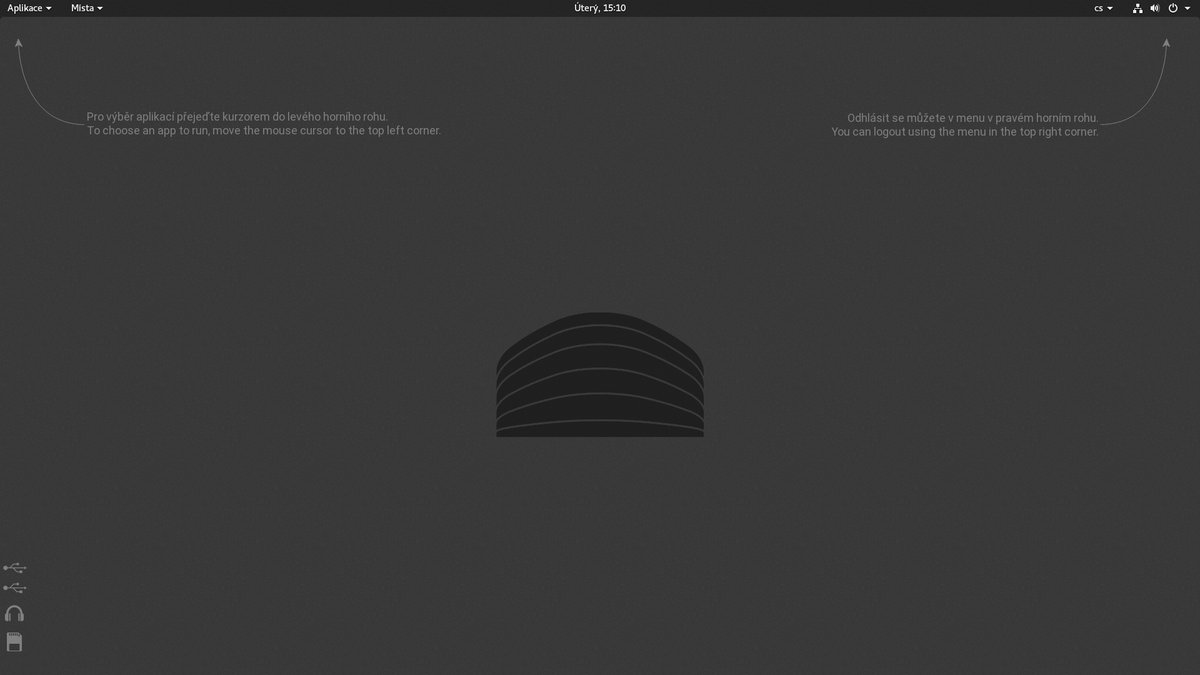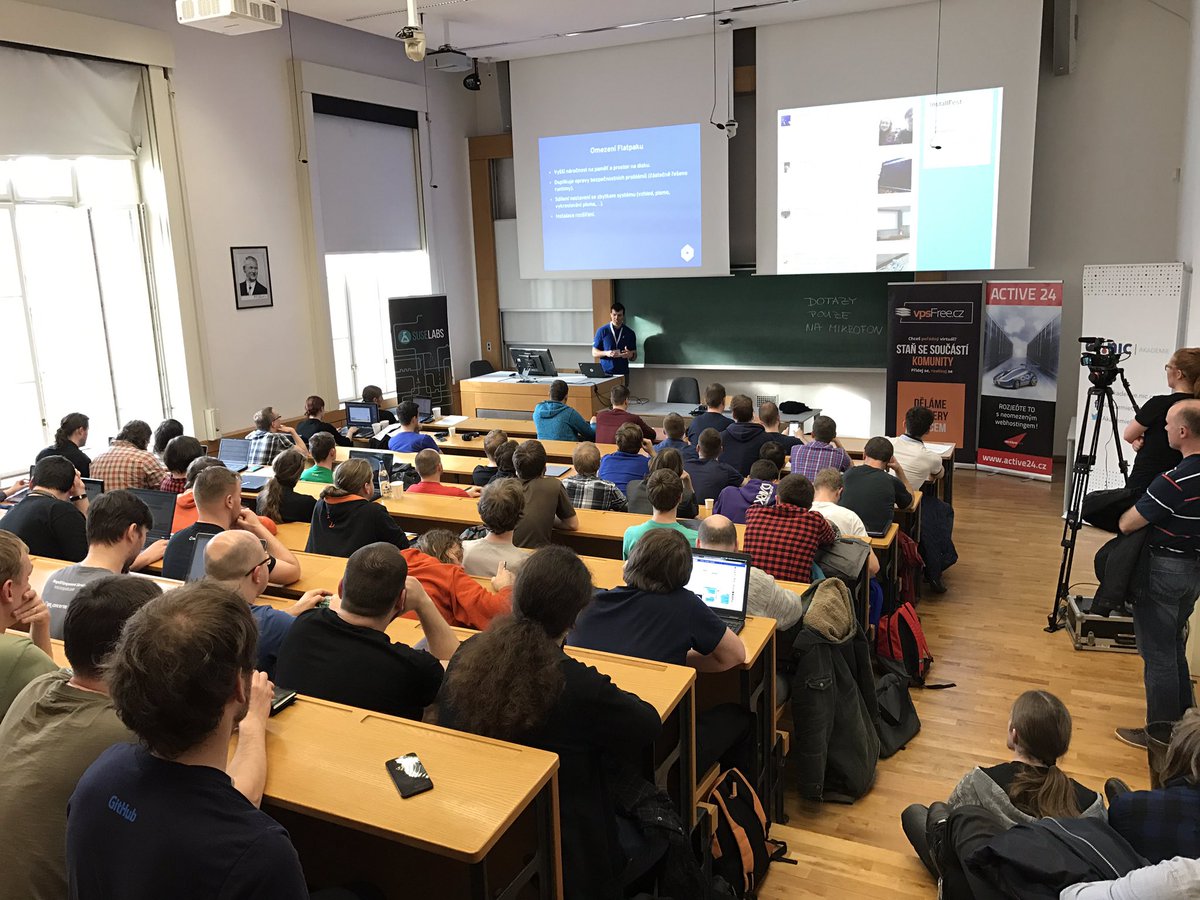It was not an easy task to make Evolution run nicely as a flatpak, but Milan Crha managed to do it and we’ve been fine-tuning it for the last 3 years. There are still some use cases that don’t fully work in a flatpak, but they don’t affect most users. Evolution has established itself well on Flathub, too. It has accumulated over 130k installs. There are roughly 12-15k “active” installations.
Some time ago I also started building Evolution for the beta channel on Flathub. When there are already development releases of the upcoming version (it will be 3.49.x this cycle), I build those for the beta channel. If they’re not available yet, I push stable releases there right after the upstream release is done, roughly one week before they go to the stable channel.
So the beta channel always provides the latest and greatest. Be it the latest development version, or freshly released stable version, depending on the phase of the development cycle. It really helps us find problems before they hit average users. For example, the latest release – 3.48.2 – introduced an ugly regression that made basically impossible to view some HTML messages. It was identified and patched while the version was still in the beta channel, so it never reached users on stable.
That’s why I’d like to raise awareness of the beta channel with Evolution. If you’re a bit more advanced user who would like to help with testing and you use Evolution from Flathub, consider switching to the beta channel. You wouldn’t switch to something broken. Milan doesn’t let low quality releases out. It’s for rather rare bugs that would be great to identify and fix before they hit everyone, or for early feedback when UX changes are being done.
All you need to do is to add the beta channel:
flatpak remote-add --if-not-exists flathub-beta https://flathub.org/beta-repo/flathub-beta.flatpakrepo
And install Evolution from it:
flatpak install flathub-beta org.gnome.Evolution
Of course, there are other ways to get the latest release of Evolution. You can build it from source yourself, or build a flatpak directly from the upstream git repo, but the beta channel on Flathub is the most convenient.
EDIT: I forgot the most important thing: where to report problems. All general issues including problems specific to Flatpak as a distribution format belong to the Evolution issue tracker on GNOME Gitlab. Only problems that are specific to Evolution on Flathub should belong to our Flathub issue tracker on Github. I understand it may be difficult for the user to distinguish between a Flatpak problem in general and a problem specific to Flathub. So if you report the former in our issue tracker on Github, it’s fine, too.











